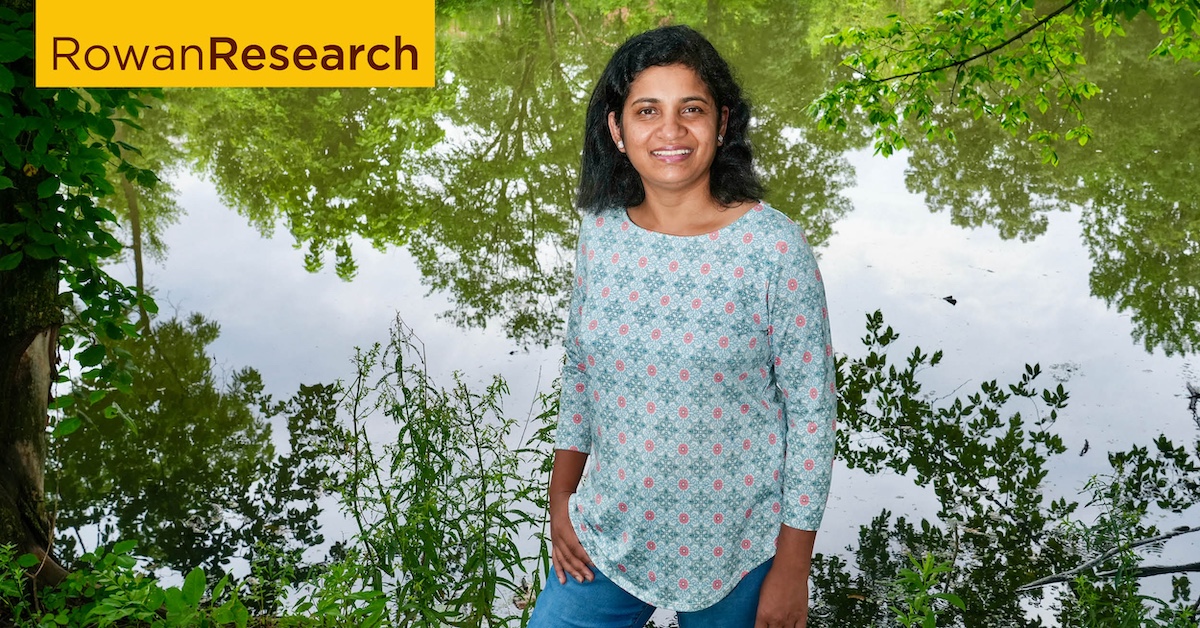Fighting forever chemicals
Fighting forever chemicals

Thivanka Ariyarathna, Ph.D.
Environmental scientist
Areas of expertise:
Distribution, fate and transport of environmental pollutants in aquatic environments
More informationClean drinking water is one of life’s most basic needs, but in New Jersey it’s never been something to take for granted.
From PFAS contamination at the former Naval Air Warfare Center in Trenton, to toxic dumping in Toms River, to the infamous Lipari Landfill in Mantua Township—once ranked the #1 Superfund site in the nation—the state has a long and troubling history with water pollution.
Thivanka Ariyarathna, Ph.D., an assistant professor of environmental studies in Rowan University’s School of Earth & Environment, is working to change that.
“My main work is monitoring the fate and transport of contaminants in freshwater and marine coastal environments,” she explained.
Much of her recent research focuses on PFAS—short for per- and polyfluoroalkyl substances—a class of roughly 14,000 synthetic chemicals found in everything from non-stick cookware and food packaging to firefighting foam and stain-resistant fabrics. These so-called “forever chemicals” are nearly impossible to break down and have been detected in water sources across the state, including the Atlantic City Reservoir.
“They can cause cancers and other problems for humans and animals,” Ariyarathna said. “But we still don’t fully understand what many of them do once they’re in the environment—or in our bodies.”
Her work goes beyond detection. Ariyarathna studies how PFAS behave in soil and water, how they move, and where they accumulate. As part of her work, she’s studied stormwater runoff in Camden, where heavy metals and pollutants from flooded streets flow into the Delaware River, Cooper River and Newton Creek.
This summer, she’s partnering with researchers at Stockton University to study PFAS accumulation in finfish and shellfish. The goal: to better understand how these chemicals move through aquatic ecosystems—and what that means for people who rely on them for food.
“Only through continued research can we determine how widespread the problem is and what to do about it,” she said.
That could mean setting new guidelines for seafood consumption or even restricting harvests in contaminated areas.
Because when it comes to water safety, Ariyarathna is clear: “If we don’t monitor the water, we won’t know what’s in it.”
Rowan University researchers are passionate about what they do. Find more at Meet Our Researchers.